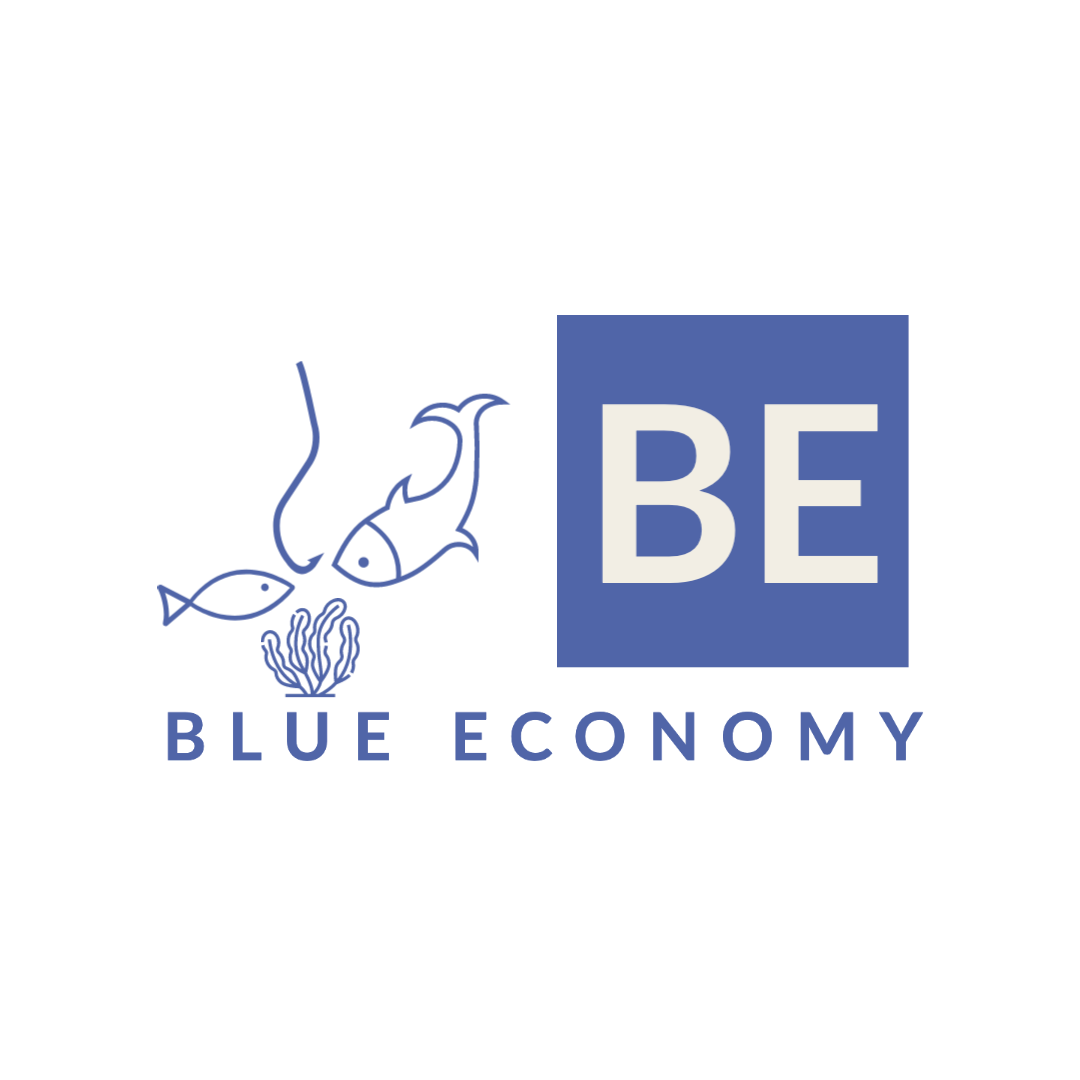By Samwel Juma (C-Weeds Corporation, Kenya)
Our marine and coastal areas are extremely full of potential, especially in terms of economic benefits, social gains, and climate change. The Go-Blue initiatives like the Blue Empowerment lobby on using the biggest untapped resource (Ocean) of up to 850km coastline. These initiatives aim to bring inclusive and integrated approaches that may provide opportunities for the youth and women.
General capture fisheries employ techniques that are not sustainable and therefore they result in declines in wild fish capture. In areas where fisheries management is not in place or is inefficient, the status of the fish stock is poor and deteriorating even though almost 78% of all marine landings come from biological fish stocks. This causes a ripple effect in the ecosystem and reduces the general population of fish in the ocean. In the process of trying to find different solutions that enhance sustainable economic productivity and provides an alternative to the conventional systems of catching fish, IMTA (Growing of seaweeds and Fish in one enclosed system) was the most probable way forward.
Cultivation of species from different trophic levels in close proximity, in an enclosed system in the ocean (IMTA), has proven to be climate-smart through innovative technology. Thus, if thoughtfully exploited, will result in sustainable socio-economic development without depletion of natural resources. IMTA technology essentially allows the integration of two or more species for optimal production. This increases the potential to further leverage the development of sustainable food systems along the coast using aquaculture, for increased nutrition and addressing economic inequalities.
The latest FAO figures inform that women are not actively involved in the primary sector of fisheries and aquaculture. Optimization of this technology seeks to increase the number of women involved in the sector by making the ocean resources more accessible to them. Furthermore, the commercialization of the products will lead to more opportunities for women-led business units increasing their livelihoods.
Demonstration of the value that IMTA has for food security, economic empowerment, and social empowerment has led to the formation of multidimensional partnerships with several institutions. Blue empowerment is a consortium of different institutions including (ACTS, KMFRI, KIRDI, BAHARI CBO & C-WEED CORP) and other stakeholders in the space of Blue Technology Solutions. It seeks to improve food security and livelihoods through increased and sustainable production of seaweeds and rabbitfish. Seaweed culture in the West Indian Ocean region involves the culture of two types, Eucheuma sp. and Kappaphycus sp. It will also pioneer the establishment of reliable systems for the production of seeds and feed as well as value addition to species.
This climate-smart adaptation innovation could revolutionize the whole fish sector and ensure a continuous supply of fish and Seaweed to consumers. It will not only increase productivity but also reduce the pressure on the ocean ecosystem, lowering the overdependence on the biological fish stock and progressively sequestering carbon out of the environment. The partner institutions will study the dynamics that influence the designs of different IMTA models and set up demonstration sites to accelerate the practice and uptake. The partners will engage the community through systematic capacity building to manage and design the systems as economic units.
Conclusion: Innovations around aquaculture like the Blue empowerment project aim to accelerate the potential for adoption of different IMTA technology models on both small and large scale. This, however, requires a multi-stakeholder engagement that can influence the policy environment and support the accelerated adoption of the technology and development of business models optimized for the different IMTA systems.
